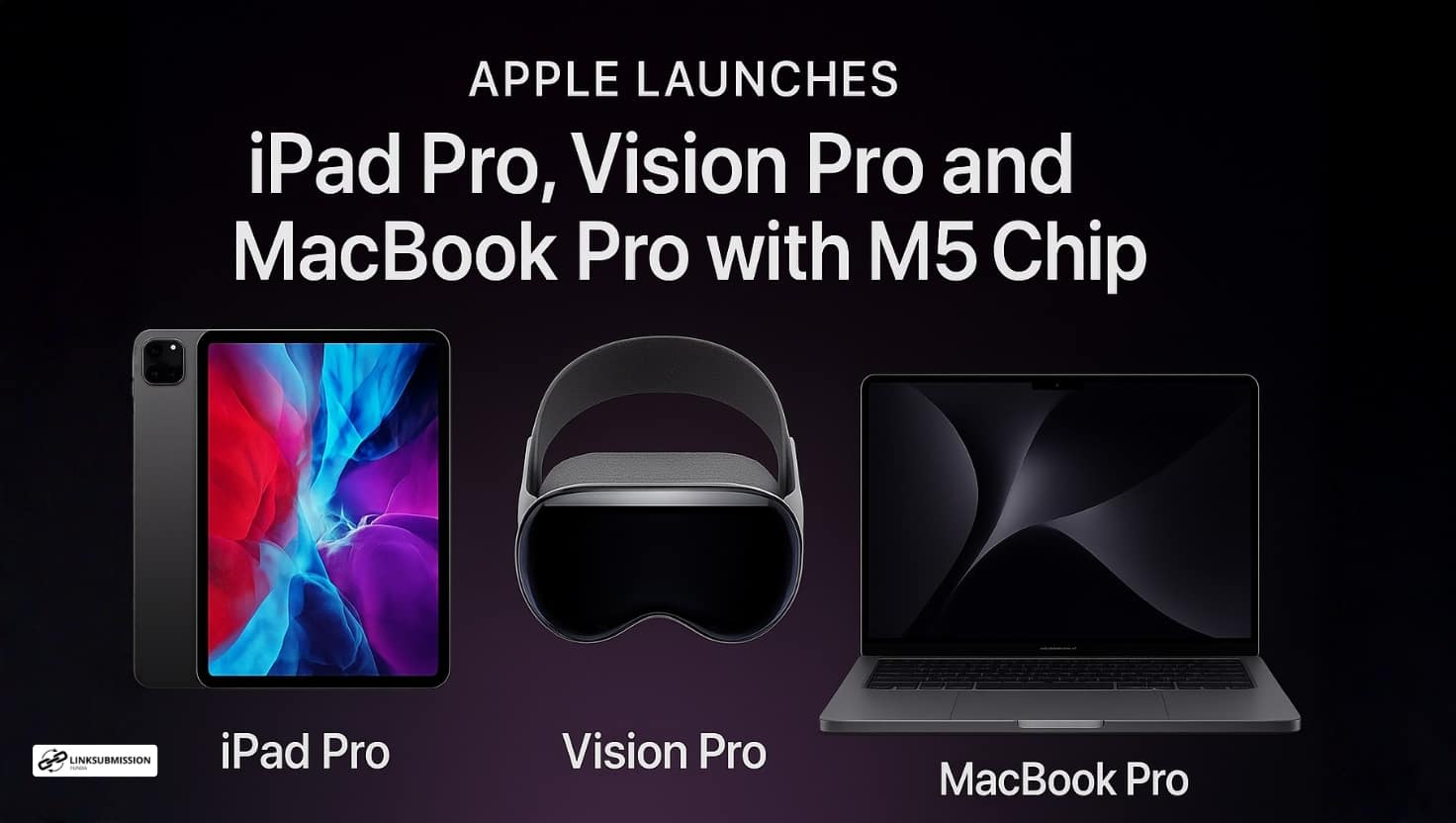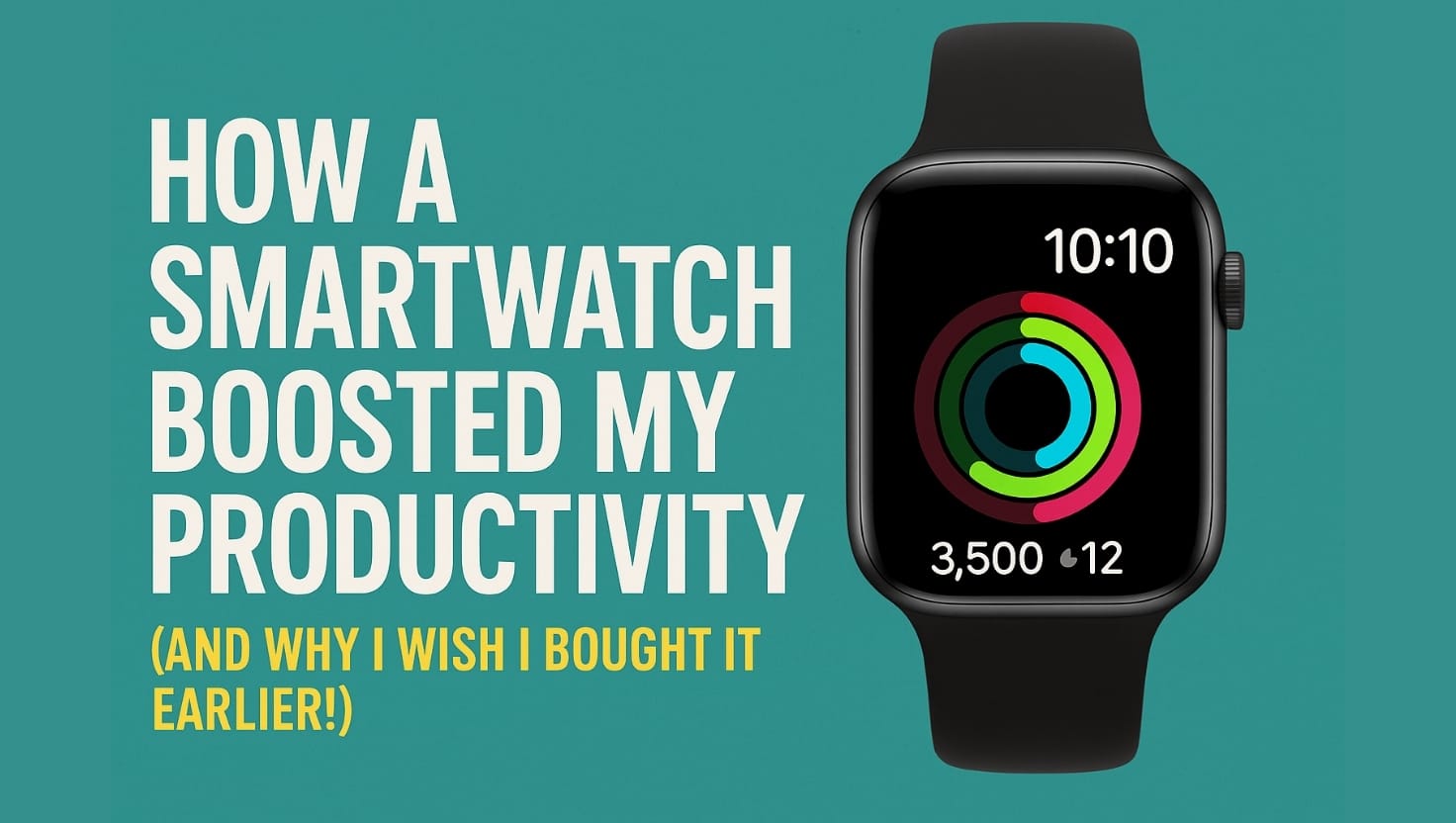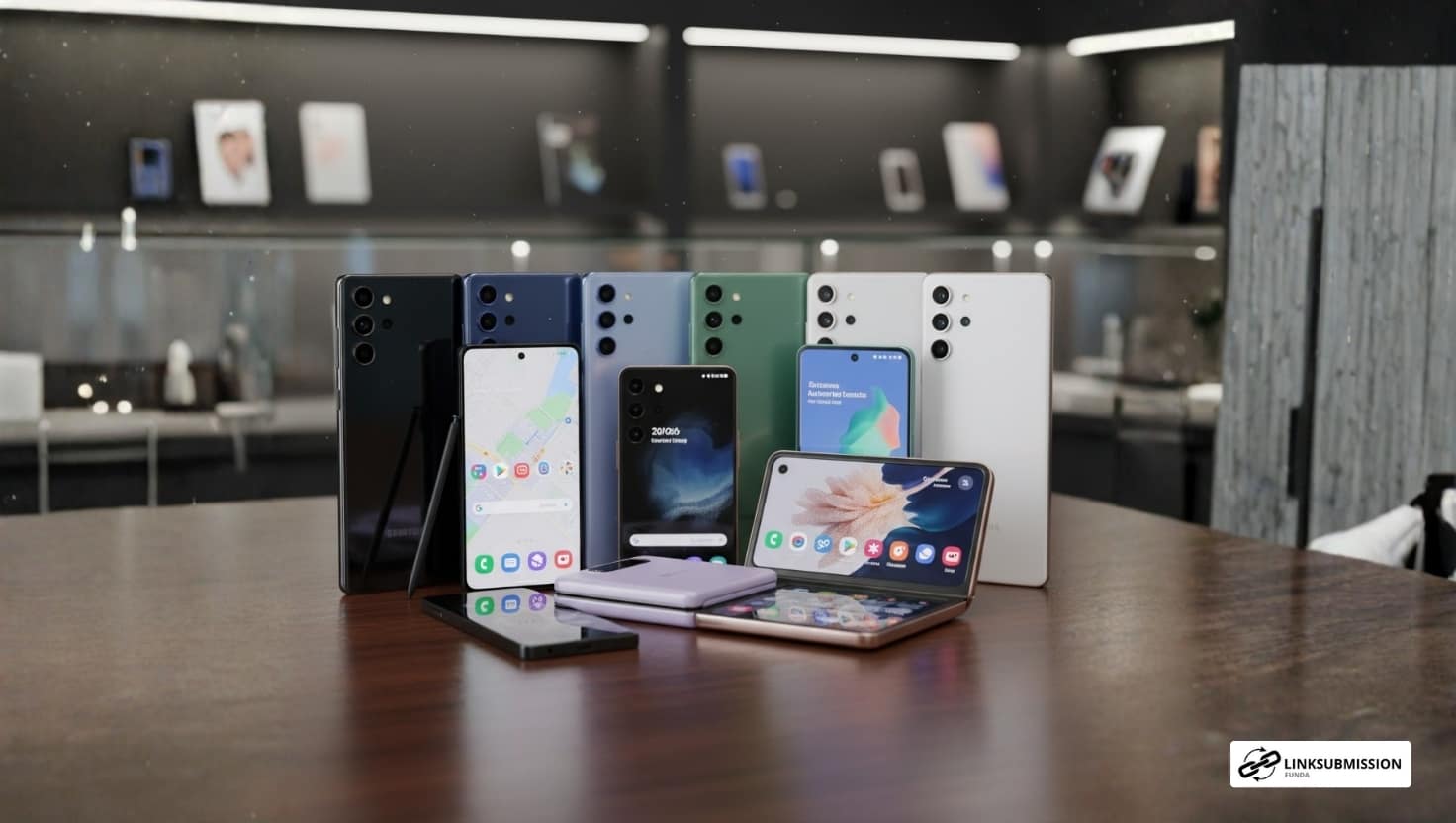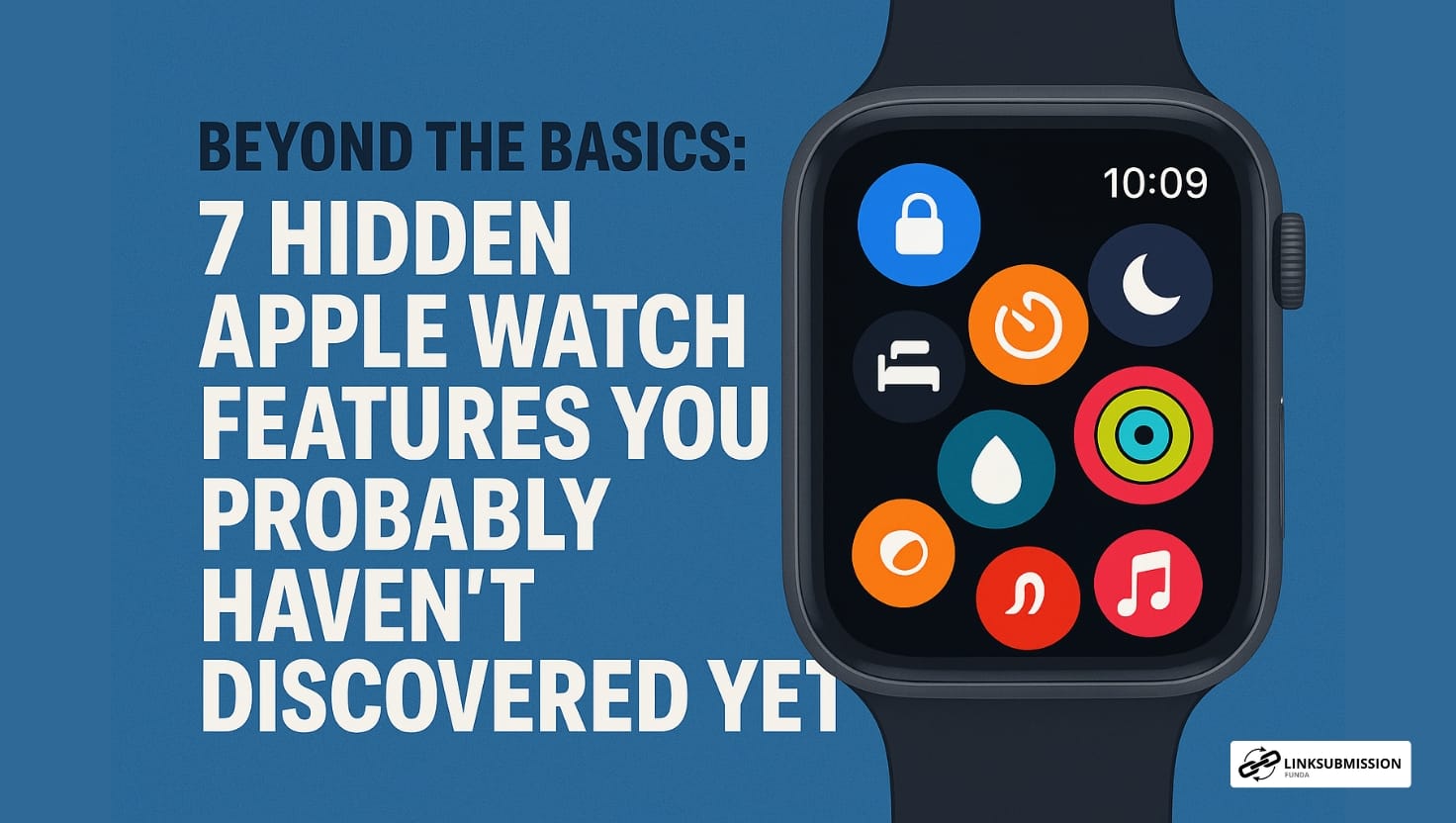On October 15, 2025, Apple unveiled a bold new lineup anchored by its latest silicon, the M5 chip — bringing upgrades to the iPad Pro, Vision Pro, and 14-inch MacBook Pro. With generational leaps in performance, AI capabilities, and efficiency, these refreshed devices aim to raise the bar for creators, professionals, and early adopters alike.
A New Era with Apple Silicon: The M5 Chip
At the heart of all three devices is the Apple M5, built on a third-generation 3-nanometer process. The architecture includes a 10-core GPU (with a Neural Accelerator in each core) and a multi-core CPU pairing performance and efficiency cores. A 16-core Neural Engine handles AI tasks and on-device learning. Apple claims M5 delivers up to 3.5× faster AI performance compared to M4 across workloads spanning iPad and Mac.
Beyond the raw compute boost, the M5 also improves memory bandwidth, storage performance, and power efficiency — important for mobile and mixed-reality use.
iPad Pro with M5: Pro Power in a Tablet
The new iPad Pro (M5) builds upon Apple’s existing design while packing a serious internal upgrade. It is offered in 11-inch and 13-inch variants, available in Space Black and Silver finishes. Externally it remains thin and light — aesthetics are largely unchanged.
Key improvements
- AI & Graphics: M5 gives up to 3.5× faster AI performance over M4, and up to 5.6× over M1 in certain tasks. The GPU supports hardware ray tracing, which boosts realistic rendering performance.
- Memory & Storage: The device sees higher memory bandwidth, plus faster SSD read/write speeds. Lower-capacity models (256/512 GB) now ship with 12 GB of unified memory.
- Connectivity: The new iPad Pro includes Apple’s N1 wireless networking chip for Wi-Fi 7, and C1X modem for cellular models (claiming up to 50% faster data speeds vs predecessor).
- Software & OS: The iPad runs iPadOS 26, which brings a redesigned interface, improved multitasking, and tighter integration with Apple Intelligence features.
- Availability & Pricing: Preorders start immediately, with shipments set for October 22, 2025. The base iPad Pro begins at US $999.
For creative professionals, the M5 iPad Pro is aimed at intensive workflows like 3D rendering, AI video editing, generative graphics, and runtime machine learning — pushing the tablet beyond consumption into a true content creation tool.
Vision Pro (Second Generation): Smarter Mixed Reality
When Apple launched the first Vision Pro in 2024, it drew attention for its ambition in spatial computing — though adoption remained niche. In 2025, Apple updates it with the M5 chip and a new comfort-oriented strap.
What’s new
- M5 Power: The upgraded Vision Pro now includes the same 10-core CPU/GPU architecture, improved memory bandwidth (153 GB/s vs 100 GB/s on M2), and supports ray tracing.
- Display & Refresh Rate: The displays now render 10% more pixels, while refresh rates increase from 100 Hz to 120 Hz, improving smoothness and reducing motion blur.
- Battery & Runtime: General use time increases by 30 minutes (to ~2.5 hours), while video playback time reaches ~3 hours.
- Design & Comfort: The new Dual Knit Band strap (included in the box) blends comfort with adjustability, merging elements from Apple’s prior Solo Knit and Dual Loop straps. Apple continues to support existing accessories like Light Seal Cushions and prescription optical inserts.
- Software & spatial apps: Running visionOS 26, the update brings more refined spatial UI, new Apple Immersive content, and improved Apple Intelligence capabilities (e.g. spatial photos, Genmoji).
- Pricing & Release: The updated Vision Pro retains its US $3,499 starting price. Preorders begin now, with availability from October 22, 2025 in select markets.
Apple’s Vision Pro refresh is evolutionary rather than revolutionary — focusing on internal hardware improvements and comfort enhancements without a dramatic redesign. This signals Apple’s intention to refine, rather than reinvent, its spatial computing vision.
MacBook Pro (14-inch) with M5: Pro Laptop, Reimagined
The 14-inch MacBook Pro enters its next life with the M5 chip powering under the hood. Apple markets this as a major leap in AI-centric workflows for professionals.
Highlights & upgrades
- AI Performance Boost: Apple touts up to 3.5× faster AI workloads and 1.6× faster graphics vs the previous Pro.
- Battery Life: The new MacBook Pro can reach up to 24 hours of use, making it more capable for all-day work without plugging in.
- Storage & Throughput: SSD speeds are upgraded (up to 2× faster over prior generation), reducing bottlenecks in large file operations.
- Display & Features: The laptop retains the Liquid Retina XDR display (with optional nano-texture), sports a 12 MP Center Stage camera, six-speaker sound, and extensive port set.
- Software: Ships with macOS Tahoe, enabling features like Live Translation, smarter Spotlight, and deeper Apple Intelligence integration.
- Pricing & Availability: The base model remains priced at US $1,599 (unchanged). Preorders open now; units begin shipping on October 22.
With its combination of power, battery longevity, and AI specialization, the M5 MacBook Pro targets creators, developers, and power users who rely on on-device intelligence (like local language models or generative media workflows).
Larger Trends and Strategic Implications
- Apple is doubling down on AI at the edge
By embedding M5 across its high-end devices, Apple is signaling that AI workloads and generative experiences should run locally rather than purely in the cloud. This move follows industry momentum toward on-device intelligence for privacy, responsiveness, and offline capability. - Price integrity amid rising costs
Notably, Apple has kept the same starting prices for iPad Pro, MacBook Pro, and Vision Pro, despite global inflation and component cost pressures. That suggests confidence in demand, margins, or supply chain management. - Refinement over reinvention
None of the products have undergone radical design shifts. The upgrades are largely internal — performance, software, and comfort. This conservative strategy aligns with late-cycle enhancements rather than defining new form factors. - Bridging devices in a unified ecosystem
With common silicon and deeper Apple Intelligence integrations, Apple increasingly offers a continuum where users can shift between iPad, Mac, and Vision Pro experiences. The M5 chip helps in unifying performance expectations across devices. - Vision Pro’s uphill climb remains
Even with improvements, the Vision Pro still faces challenges: high price, limited use cases, and competition from lighter AR glasses. Apple might be positioning this as a stepping stone toward more modest wearables or hybrid devices.
Conclusion
Apple’s October 2025 refresh, powered by the M5 chip, is more than a product launch — it’s a statement of intent. By upgrading its flagship tablet, laptop, and immersive headset, Apple is betting that the next frontier lies in intelligent, context-aware devices running powerful AI workloads locally.
For users, this means more responsiveness, less reliance on servers, and a boost in creative capability on the go. Whether the market will embrace Vision Pro’s niche appeal, or lean more heavily on the iPad and Mac spectrum, remains to be seen. But in the short term, Apple has successfully delivered a cohesive, high-end upgrade cycle — setting the stage for a new wave of user expectations around performance, AI, and seamless integration.





